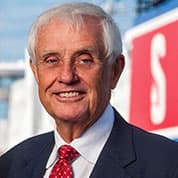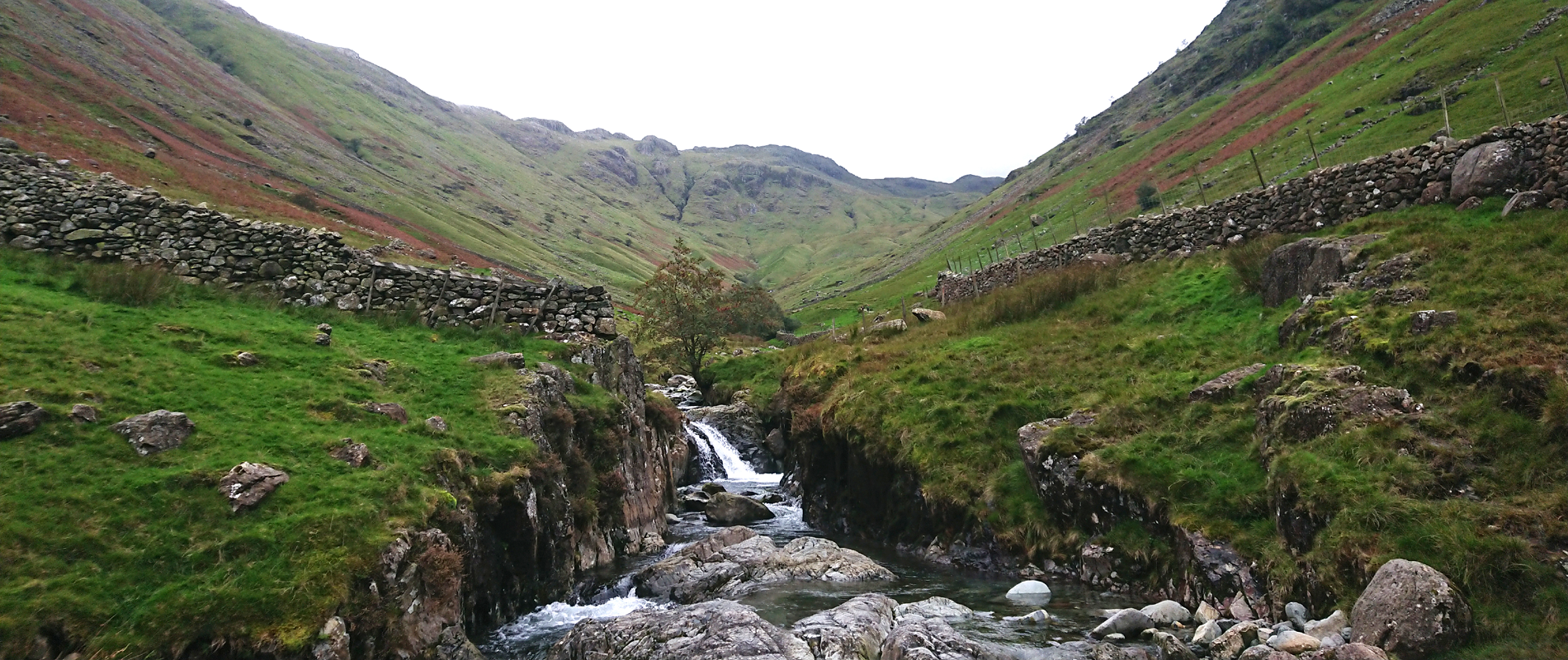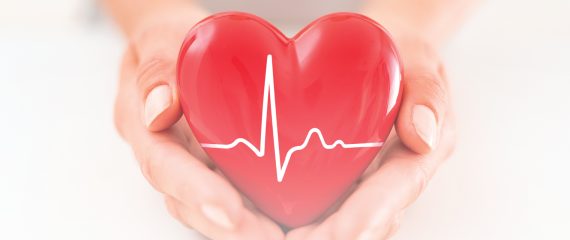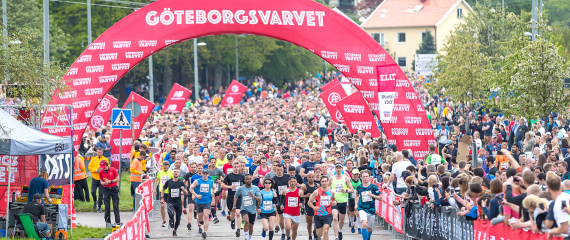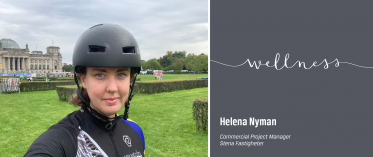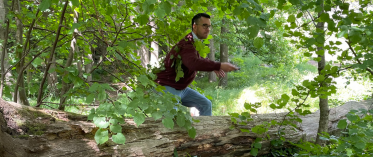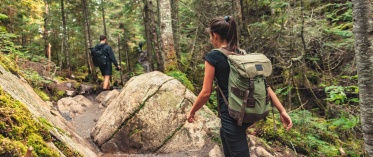A CHALLENGE BEYOND THE ORDINARY
13 VALLEYS ULTRA
A couple of years ago we told you about Fredrik Larsson and Daniel Theander, both ultra-running enthusiasts. David Muir has now joined them and they recently faced perhaps their biggest challenge ever – 13 Valleys Ultra – the race goes around the UK's entire Lake District National Park.
“You could choose from several different distances, and we’ve chosen the longest at 183 kilometers where you run through 13 valleys and over as many peaks,” says Fredrik Larsson, Application Specialist at Stena Group IT. “This includes dealing with an elevation profile of 7,000 meters. The maximum time for the race is 45 hours.”
“We expect to see two sunsets and at least one sunrise, and hope to finish within 30 to 35 hours,” says David Muir, Business Value Lead at Stena Group IT.
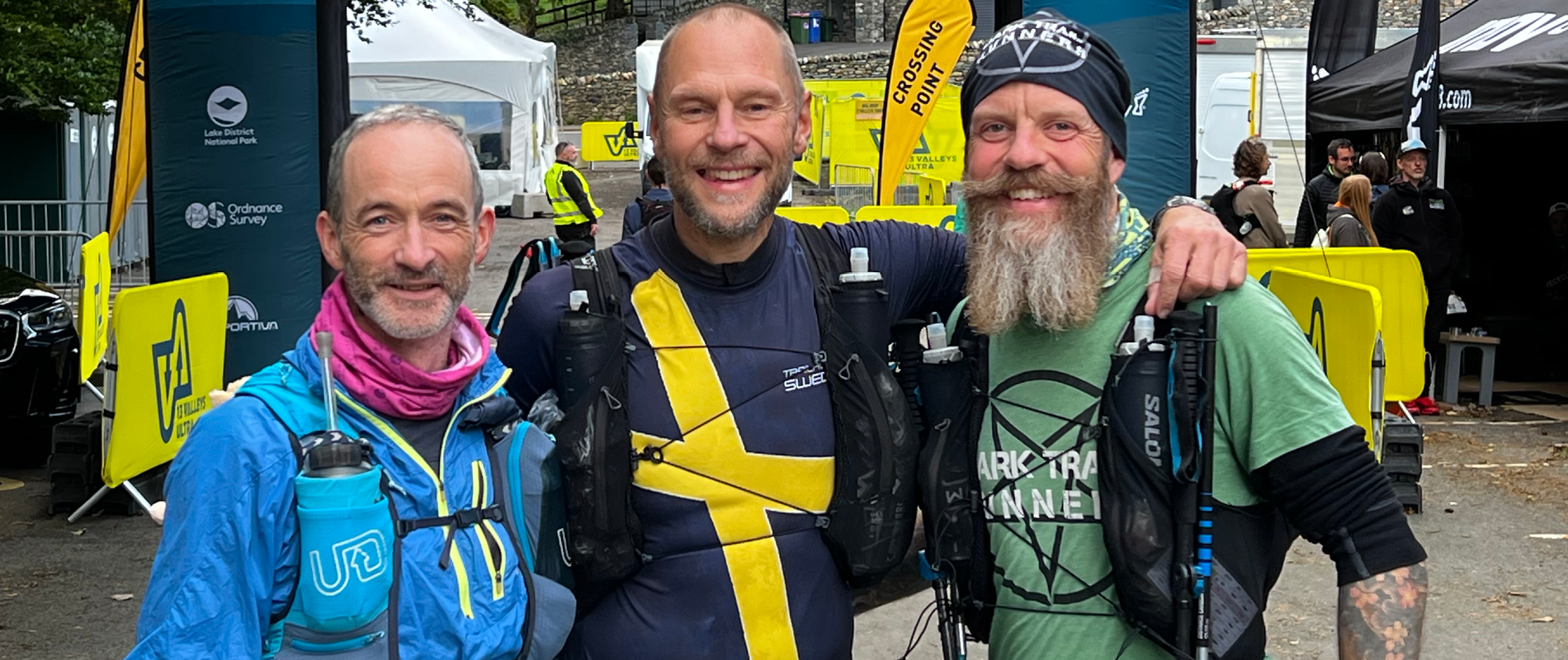
David Muir, Fredrik Larsson & Daniel Theander.
About a hundred runners start the 13 Valleys Ultra and there is a food station in each valley. Just after halfway through the race there is a drop station, where participants have access to a ‘drop bag’ with personal items. The bag can contain food, candy, a change of clothes, shoes and maybe some uplifting instructions written by the runners themselves. Ultra running is not about getting to the finish line the fastest; it is about getting to the finish line at all. Besides the physical aspect – that your body has to cope with the effort for so many hours – it is about the psychological aspects as well. You have to want to keep running when things are toughest, while your whole body is telling you to give it up. So how do you cope with such a huge challenge?
“In addition to all the training, we all have different mental strategies,” David says. “I sometimes visualise my children and running buddies and how they look when they’re running. I’m a bit nerdy when it comes to analysing other people’s strides, but somehow it helps me keep moving.”
“I analyse the course in advance and then work with milestones,” Fredrik says. “I visualise the finish line so that I can pull up that image during the race. And then I’ve decided in advance how many kilometers I can run before having a piece of candy or other treat. Sometimes I write down different things on a note that I put in my bag at the drop station. When I get to the station and read what I wrote to myself, I get new energy.”
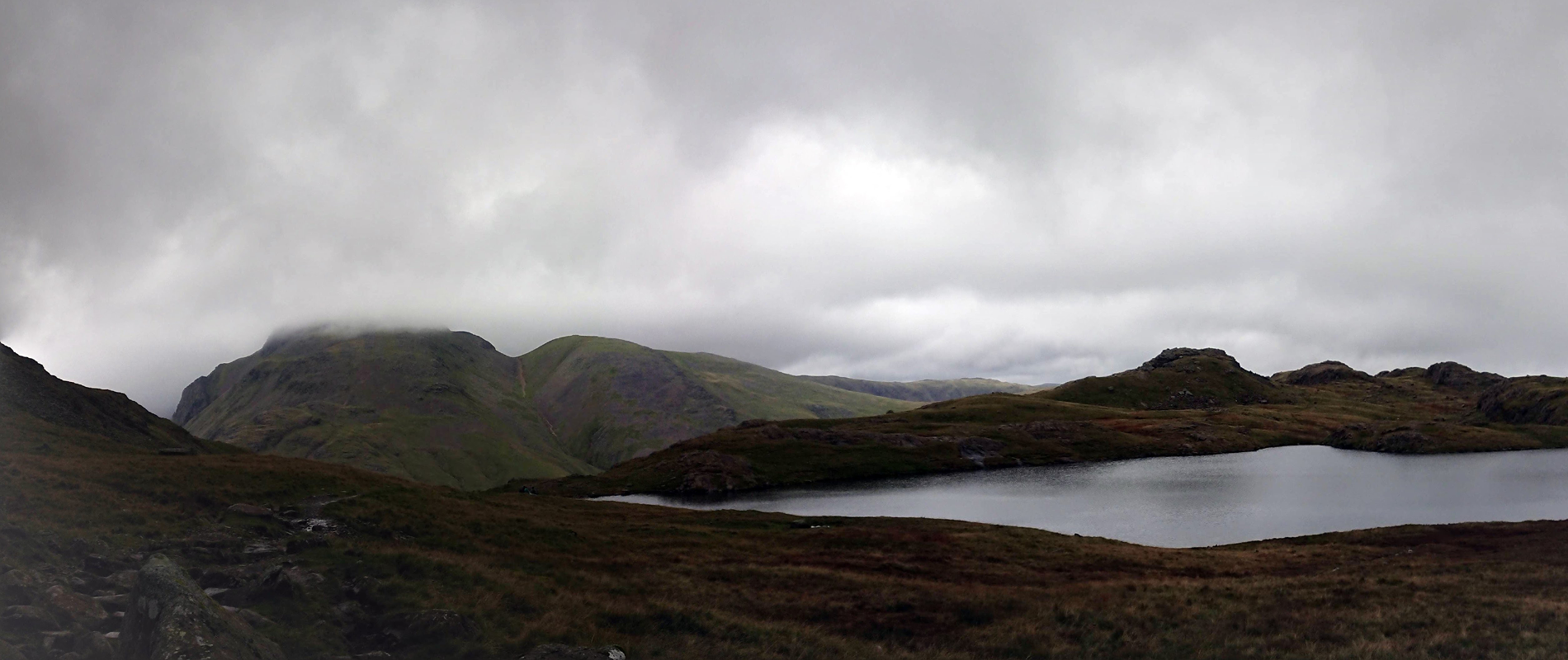
“I work with milestones too, but then I also think about things that have nothing to do with the race. My girlfriend Annelie or my children,” says Daniel Theander, Digital Communication Manager, Stena Rederi. “This race has 13 different stations, which is quite luxurious considering the context. Normally there are a lot less, so this is a big positive and will hopefully give me energy both before and during the race.”
In addition to the drop bag with a change of clothes and snacks available at the feed stations, runners must carry several other things in their running vests throughout the race. Some are mandatory such as a first aid kit, fluids and nourishment, but you also need gloves, a hat, extra warm layers, a headlamp, batteries, a smartphone and a map. That some things are mandatory also has to do with the fact that you must always be prepared to assist another runner if the need should arise.
“This is a friendly sport and since only the elite focus on getting a fast time, the rest of us can focus on helping each other finish,” Fredrik says. “It’s not a given that the three of us will be running together during the race, but you meet other people along the way who are keeping the same pace as you who you can talk to.”
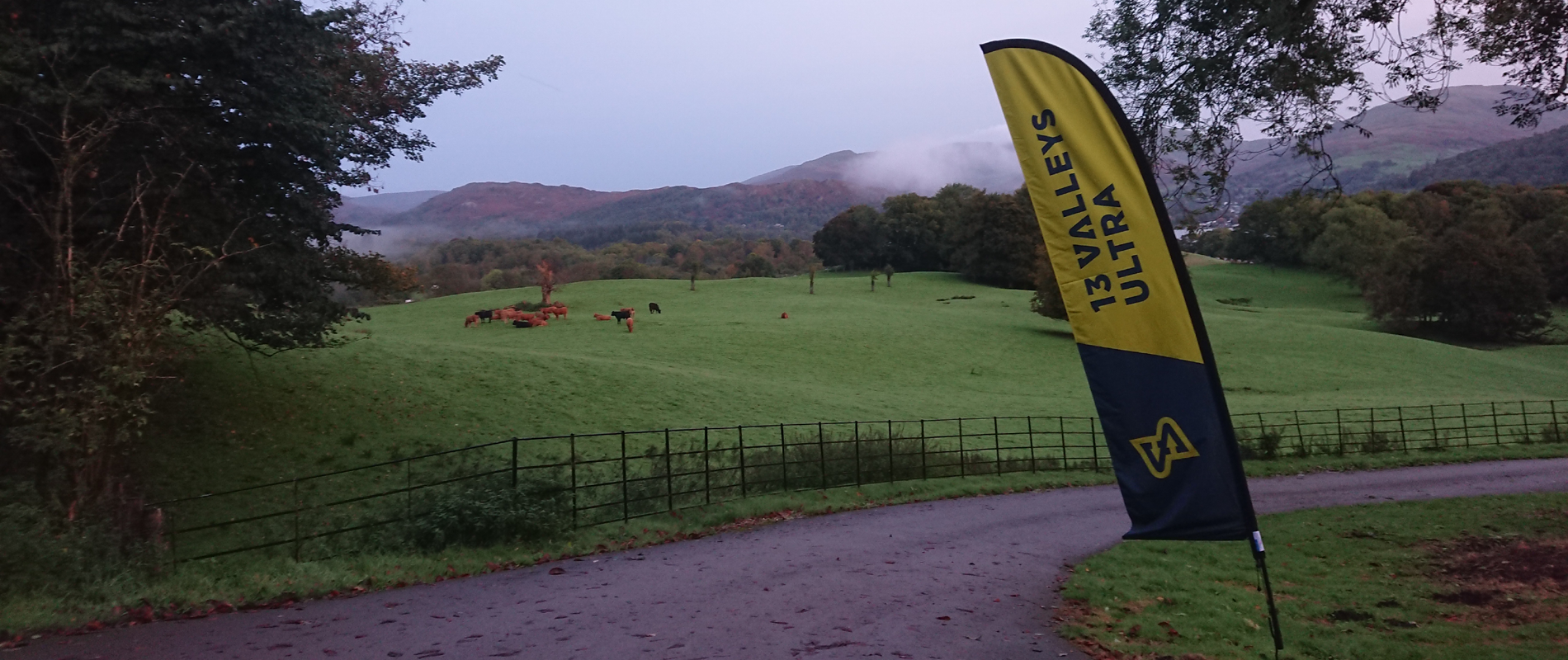
But no matter how much coffee, chips and sweets are provided during the race, you still have 183 kilometers and 7 000m of climbing to complete. So how does the body cope with the strain and how do you prepare for this kind of challenge?
“The three of us run almost every day, and during the course of a week we’ll average between 70 and 100 kilometers,” says David. “Now that we’re coming up on such a long race, we adapt our training and halve the volume to around 50 kilometers the week before. I like to focus on strength and mobility exercises, too.”
“You can certainly get through an ultra race without having trained for all that many years, but it’s not optimal and the risk of injury would be considerable,” Fredrik says. “The most common is to start with running half- and full marathons and then increase that distance over time. Before a race I focus more on mobility and try to sleep eight hours a night.”
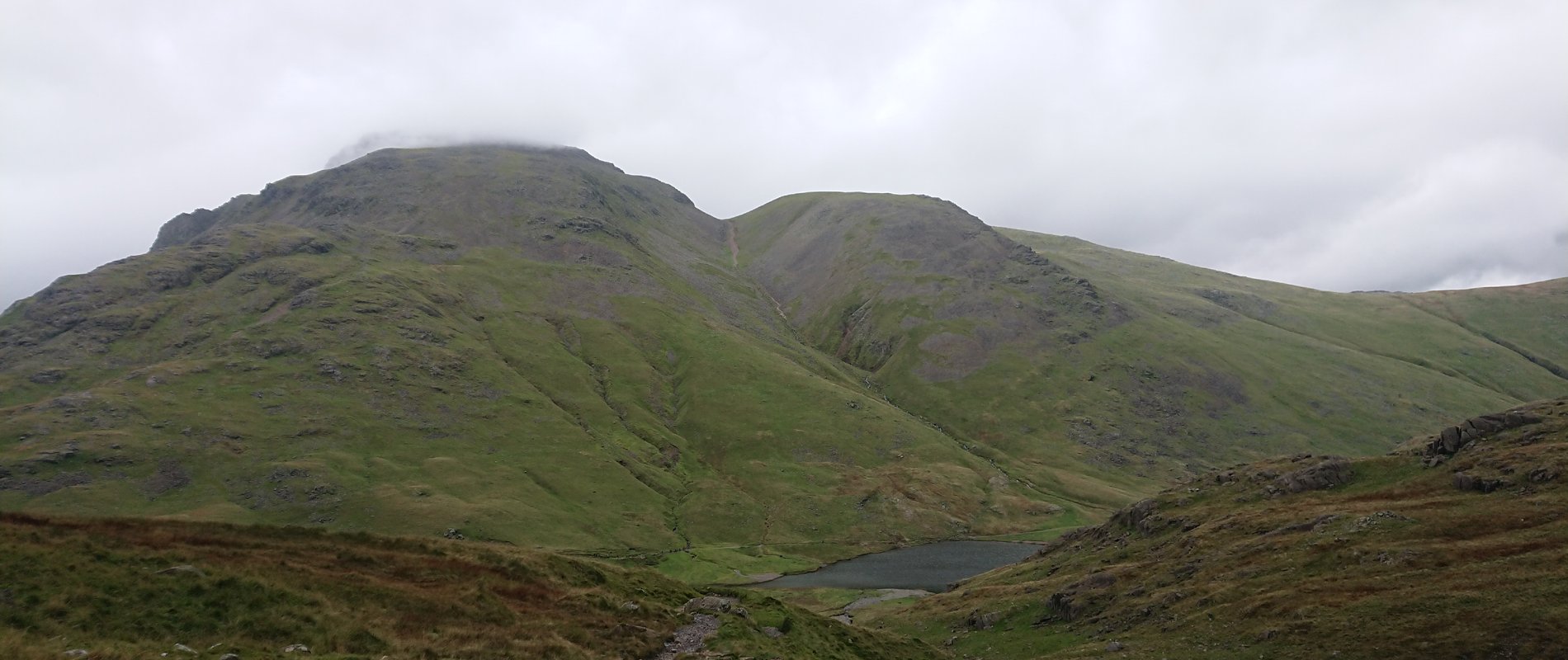
“Otherwise, we eat and live as usual,” says Daniel. “I run every day and cut down on my weekly distance in the weeks before. What is most stressful for me is getting enough sleep and the risk of catching a cold.”
In addition to daily training, all three have other major commitments to running.
“We’ve started the Stena Community Run where anyone who wants can join in and run together during our lunch break on Tuesdays,” says Daniel, who also serves as a guide runner for people with visual impairments. “We have a Teams group where we can reach out to anyone who is interested, and we’re now about 70 people in the group.”
“The challenge with the Stena Community Run is to get our colleagues to understand that we don’t run these lunch sessions at full speed – we run as a group,” Fredrik says, who is also a running coach. “The idea is that everyone should be able to participate.”
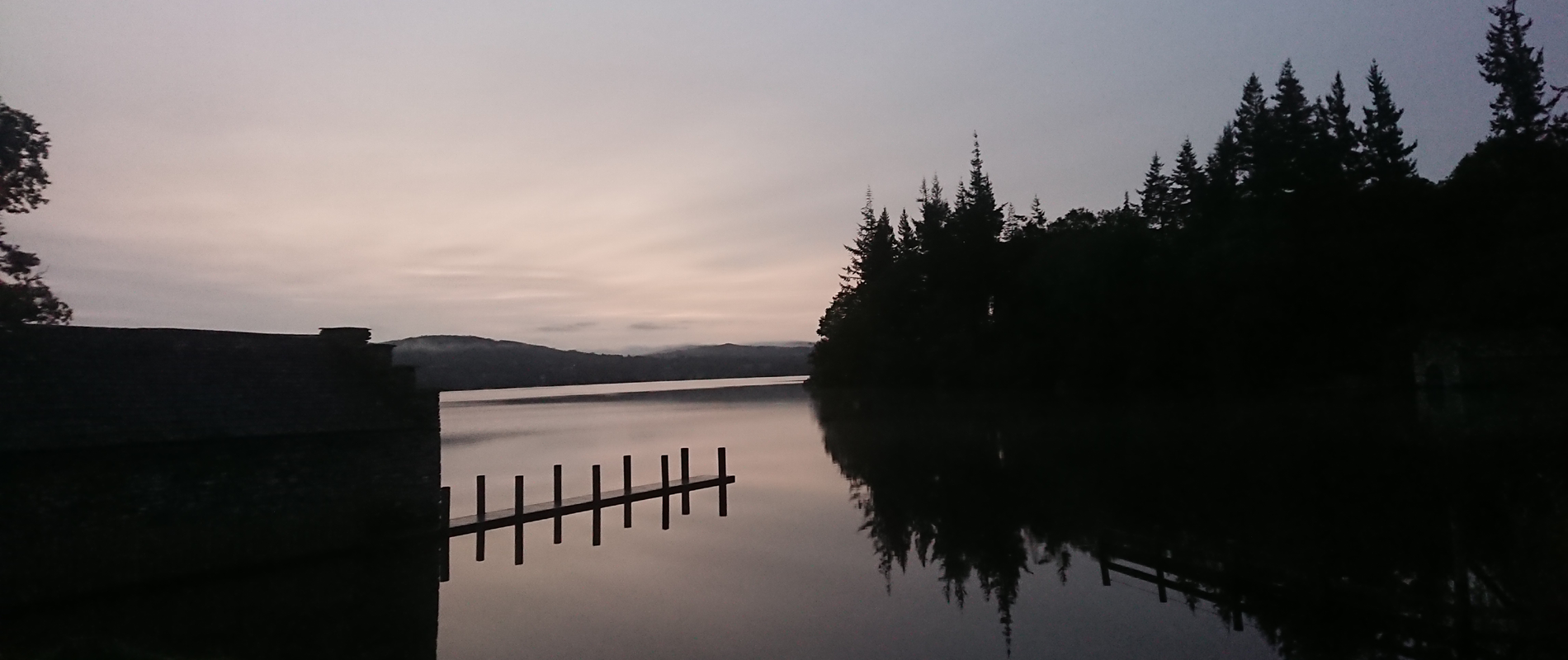
David and Daniel are also engaged in Glädjeknuff, an initiative which promotes inclusivity where children with functional variations can experience running in the seat of a Joëlette – a fast-moving, terrain-adapted, specialized single-wheel wheelchair that is pulled, pushed and carried by several runners.
“We would love it if more of our colleagues at Stena took the opportunity to join our lunchtime Community Runs,” says Fredrik. “David, Fredrik and myself have a lot of combined experience and are here to answer any questions. But running together is our main focus. The Community Run is a perfect way to boost your energy. So take the opportunity and join in!”
You are probably wondering what people value most about this kind of challenge.
“When you’ve overcome a challenge like this, there’s not much you feel you can’t handle,” says Daniel. “You’ve hit the bottom, pulled yourself together and come out on the other side. So, when faced with other challenging situations in life, those feel quite easy.”
“It’s important to know your body, to recognize if something just hurts, or if you’ve actually suffered an injury and have to stop. Otherwise, you just have to keep pushing,” says David. “Somewhere between 40 to 70 kilometers my brain starts looking for excuses to stop because it knows what lies ahead, but I’ve learned that the best experiences are on the other side of my comfort zone.”
“You get to experience nature in a way that is almost impossible otherwise, but just like Daniel says, it puts things in perspective. Everything else is easy in comparison,” Fredrik concludes.
| NAME | David Muir |
| AGE | 48 |
| TITLE | Business Value Lead |
| COMPANY | Stena Rederi AB |
| NUMBER OF YEARS AT STENA | 1.5 |
| FAMILY | Partner Karina, three children Julia 19, Spence 19 and Rufus 11 |
| LIVES | Tuve, Göteborg |
| INTERESTS | Running in mountains and terrain. Running coach, Aktivitus Helgtrail. Swedish Champion in his age class SM100KM 3 out of past 5 years. Glädjeknuff. Kayaking and camping. |
| NAME | Fredrik Larsson |
| AGE | 53 |
| TITLE | Application Specialist |
| COMPANY | Stena Rederi AB |
| NUMBER OF YEARS AT STENA | 7 |
| FAMILY | Partner Martina, two children Lukas 20 and Tilda 18 |
| LIVES | Stenungsund |
| INTERESTS | Running on trails in the forest, likes hills. Enjoys running in long-distance competitions that take several hours to complete. Bikes to complement running. Is a running coach, likes music and concerts. |
| NAME | Daniel Theander |
| AGE | 48 |
| TITLE | Digital Communication Manager |
| COMPANY | Stena Rederi AB |
| NUMBER OF YEARS AT STENA | 5 |
| FAMILY | Girlfriend Annelie, two children, Arwid 17 and Sixten 15 |
| LIVES | Vallda Sandö, south of Gothenburg |
| INTERESTS | Running in terrain and along the cliffs around Vallda Sandö. Helping others to get started with running and exploring nature, for example as a guide or with Glädjeknuff. Music and concerts. |

